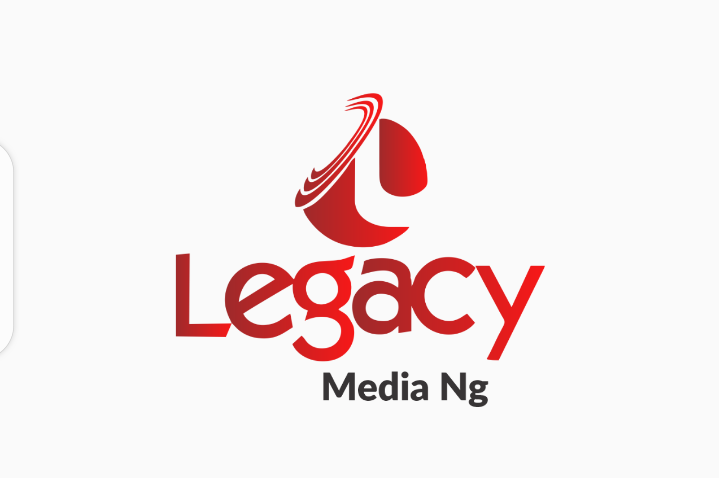By Zion Rufus
Google’s decision to eliminate third-party cookies continues to raise concerns among publishers and advertisers in the advertising industry.
While the impact of the post-third-party-cookies era on advertisers and publishers remains uncertain, the bigger question is whether Google will follow through with its plan to phase out third-party cookies through 2024 or if there will be further delays.
In June 2021, Google initially announced its intention to phase out third-party cookies by late 2023, but this timeline was pushed back to 2024.
The company plans to gradually migrate 1% of Chrome users to Privacy Sandbox and disable third-party cookies for them, starting in early 2024 and progressing throughout the year.
Although Google’s decision to ban third-party cookies was driven by increased privacy concerns and mounting regulatory scrutiny, the announcement was met with shock from digital marketers and advertisers who heavily relied on third-party data for ad tracking and targeting.
Google conducted a survey to assess the impact of disabling access to third-party cookies on programmatic ad revenue for web publishers.
The results were alarming, showing that for the top 500 global publishers, the average publisher revenue decreased by 52% in the treatment group where access to third-party cookies was disabled, with a median per-publisher decline of 64%.
Based on the survey findings, Google acknowledged that the removal of third-party cookies could have secondary effects on publishers.
These effects include decreased spending by advertising clients due to lower return on investment from non-personalized ads, potential reallocation of budgets to different channels, and increased overhead costs for publishers as they adjust their business models to accommodate the absence of third-party cookies.
As a result, the ad industry began searching for alternatives. Solutions such as The Trade Desk’s Unified ID 2.0 and Lotame’s Panorama ID gained popularity among ad giants like Publicis, Interpublic Group, Omnicom, as well as publishers including AMC, Maven, The Washington Post, and Newsweek.
However, amidst the growing demand for stronger user privacy and internet security, Google introduced Topics as its latest replacement for third-party cookies, along with the Privacy Sandbox proposal, which aims to enable interest-based advertising without the need to track users’ browsing history. The question remains whether these alternatives will be sufficient.
Google has long been recognized as an unparalleled leader in online advertising, maintaining its position as the world’s most popular and widely used search engine.
Advertisers benefit from accessing a vast audience actively searching for goods and services. Google Ads’ conversion tracking feature also relies on cookies to help marketers and advertisers track sales and other conversions from ads, campaigns, and free listings.
Moving forward, the ad tech world may face challenges in achieving similar results without third-party data.
For decades, digital advertisers and marketers heavily relied on third-party cookies to track online users, deliver personalized advertisements, compile browsing history, and build user profiles based on interests, preferences, and habits.
Third-party cookies have also played a pivotal role in measuring the impact of marketing campaigns.
As the industry navigates the evolving landscape, finding innovative approaches that balance user privacy with effective ad targeting will be crucial for advertisers and publishers to thrive in a post-third-party-cookie era.






Comment
No comments found.